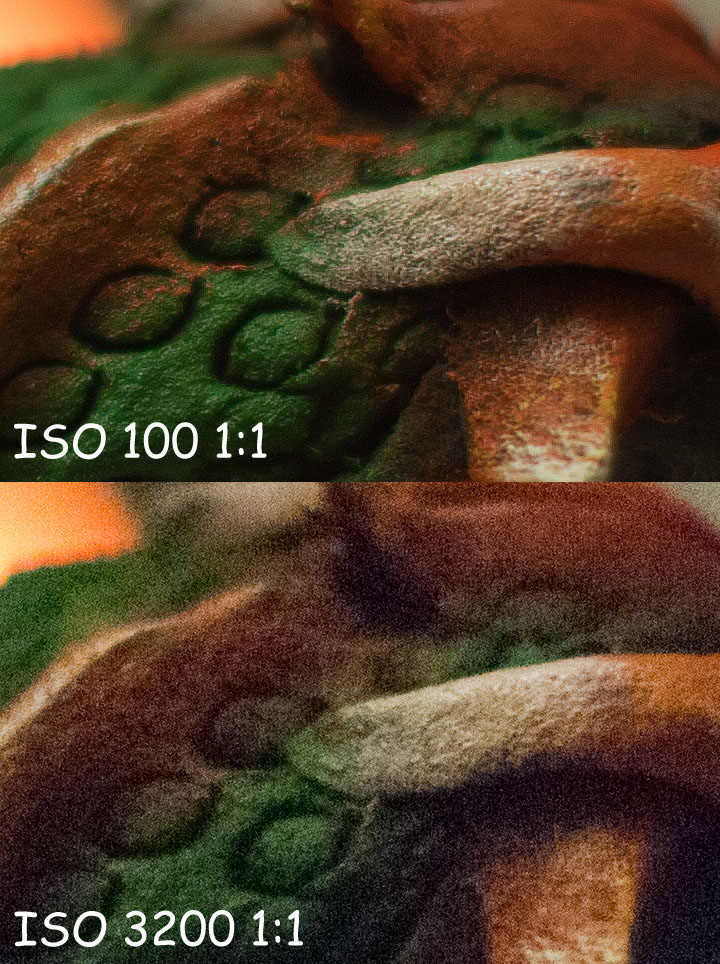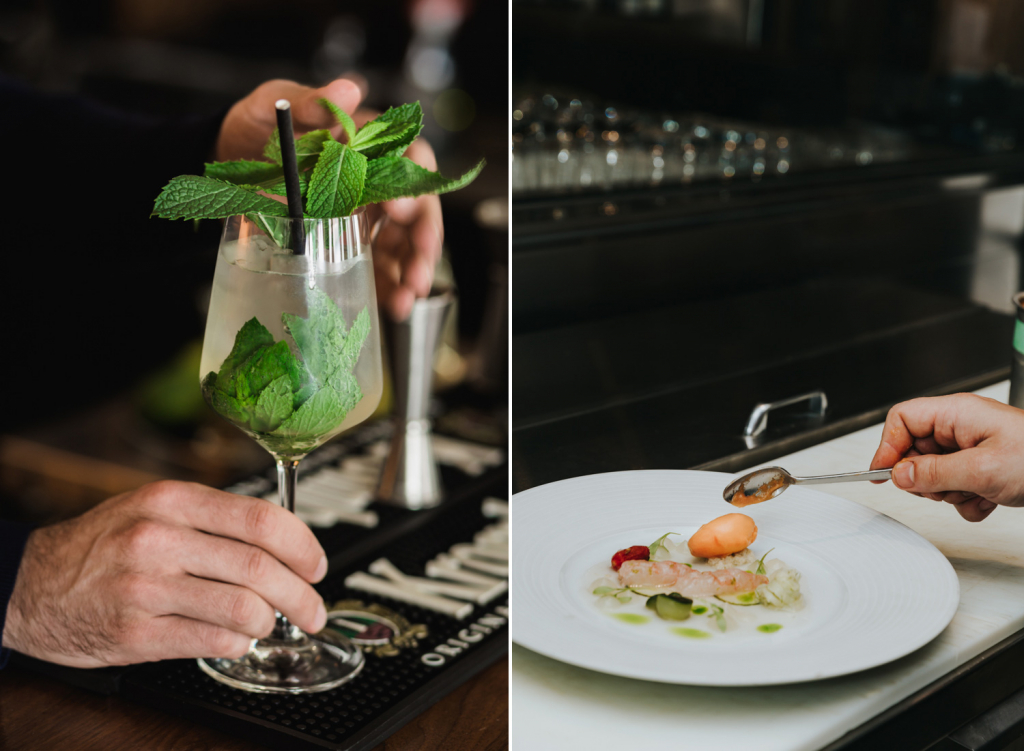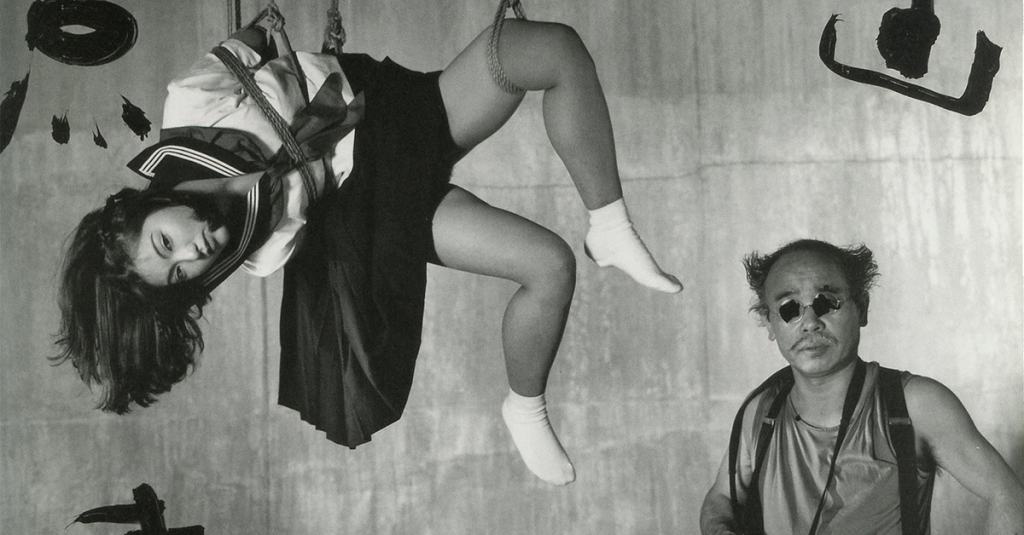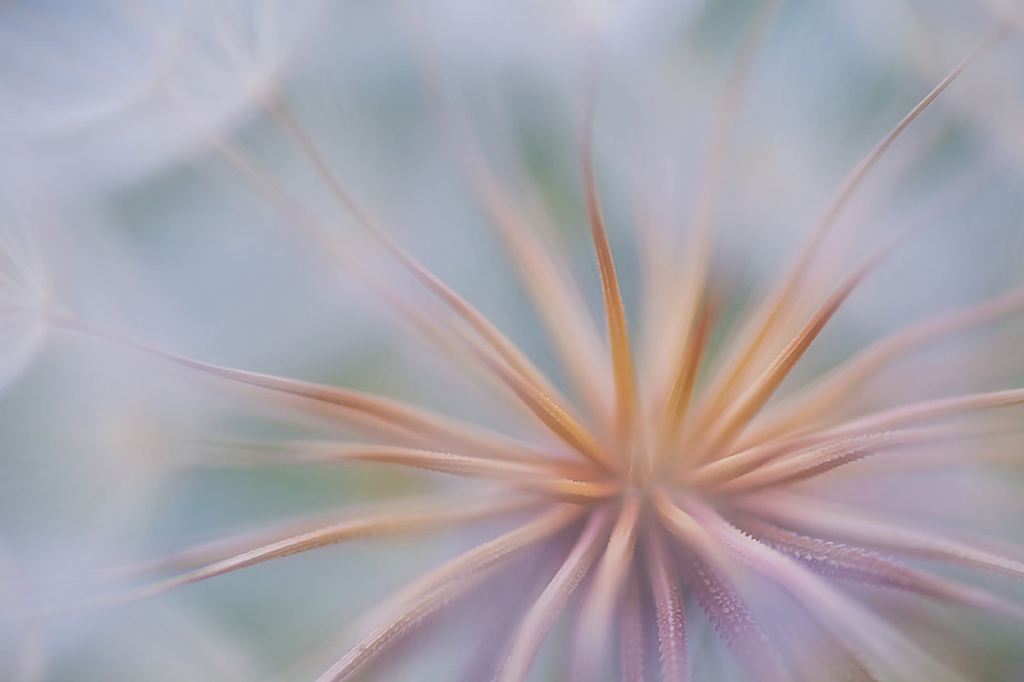PHOTO LABORATORY: TIPS FOR TINTING PRINTS
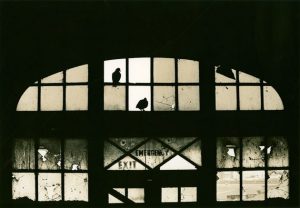 Toning in the darkroom is one of the interesting techniques for processing photographs in film photography, which is also called “colorful monochrome.” With its help, you can more accurately convey the mood and atmosphere of photography. There are ways to easily color prints in many different shades, both warm and cold. Also, tinted prints can be stored longer and do not fade with time.
Toning in the darkroom is one of the interesting techniques for processing photographs in film photography, which is also called “colorful monochrome.” With its help, you can more accurately convey the mood and atmosphere of photography. There are ways to easily color prints in many different shades, both warm and cold. Also, tinted prints can be stored longer and do not fade with time.
Selenium tinting
Easily accessible and easy to use, selenium toner is sold as a concentrate for dilution with water. It smells like ammonia; good ventilation is recommended when using it. Label diluted solutions for reuse. Previously, black-and-white photography masters usually used only selenium toner, while selenium was usually diluted 1:20 and used as a two-minute final processing step to increase the print Dmax (Dmax is the maximum black depth that paper gives). This gave brightness and depth to the photo print, added archive-protective properties without significant color changes when using cold-tone paper. Nowadays, selenium toner is also used because of its color-shifting properties, mainly in combination with warm-toned paper and lit. printing.
There is no “right” dilution recipe for selenium. Sometimes the numbers are “1:20 or weaker for Dmax and 1:10 or stronger for color”, but this depends on the type of solution and paper. Remember that strong solutions can be corrosive.
Selenium tinting: color
Selenium toner converts a silver image into an orange silver selenide, which resists the chemical effects of atmospheric pollutants and almost any chemical used in processing – a fact that we use in double tinting. The color is strongly, but unequally masked by the surrounding black silver grains. The color on warm-colored paper may first “cool down” and then show a transition to reddish brown. Cold-tone papers react more slowly and can turn into purple or purple hues. For selenium tinting, lith printing is well suited.
Selenium tinting: split tinting
Selenium toner works from the bottom up – from the darkest tones to medium and, further, the lightest tones. This is very useful because it allows us to extract the print from the toner at a given point on the tone scale, quickly moving the paper into running water. This leaves unpainted silver available for another toner with double tinting. Selenium irrevocably smudges everything, so immediately wipe up spilled liquids.
Tinting Tips
“Old West Pier, Brighton.” Three-color print selenium, sepia and gold. The effect of gold after sepia is to produce shades of orange or red depending on the amount of sepia additive used. Photographer: Tim Rudman
Gold tinting
Gold toner is expensive. Colorless, odorless, is already sold in working concentration. It can be used repeatedly.
Gold tinting: color
Imprints on cold-toned paper will become colder blue-black, on warm-toned paper they give a stronger blue tint, with lit-printing, the tint is even stronger. It may even display the original red hue, which can be stopped before it quickly passes through the purple, lilac and lilac shades, ending with a pale blue with white highlights.
Gold tinting: split tinting
Gold toner works from top to bottom, so watch for light tones. Warning: on fibrous paper, the blue color intensifies upon drying. Split tinting of warm-toned paper in combination with lith-printing gives blue on a warm brown split.
Combined tinting (duoton)
After split-tinting with selenium, gold tones un-tinted (lighter) silver, giving blue on brown. Selenium after split gold gives the same colors; however, gold toner works primarily by coating silver grains with colloidal gold. Selenium penetrates this shell, turning it into a silvery brown and irreversibly displacing the blue color. This will not happen if gold tinting follows selenium. Gold toners are usually acidic, so selenium after gold instantly stains a poorly washed print. Duo, tinted after sepia, turns the sepia color into an attractive range of red or orange tones – this depends on the paper and the sepia color used.
